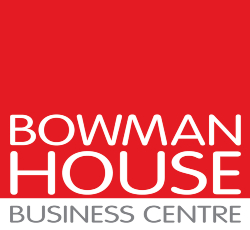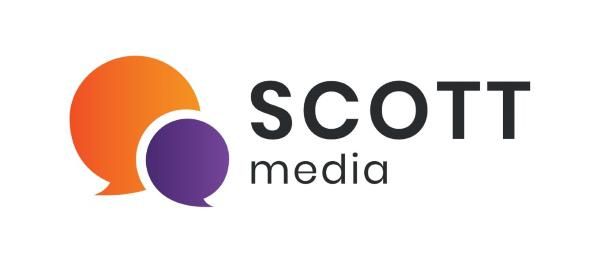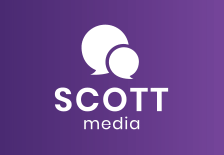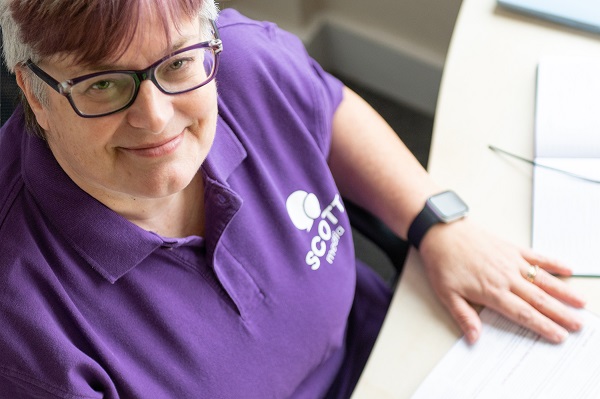Jenny Haken asks does your business tell stories?
We’re coming to the end of April and small business owners have been sharing tips and stories relating to their industry throughout the month. Today we’re talking to Jenny Haken who is asking ‘does your business tell stories?’
Jenny has worked in marketing and PR for many years and after setting up her own business has just celebrated 10 years of being self-employed!
Jenny works with a variety of clients writing attention-grabbing copy specifically aimed at their target audience.
May is National Share-a-Story Month. Started in 1974 by the Federation of Children’s Book Groups, it celebrates storytelling while encouraging children to enjoy reading and listening to stories themselves.
Stories are a great way to share information and help people see the world from different perspectives. Increasingly used in business, incorporating stories into your marketing is a powerful way to attract new customers. So, here are some ideas to help you do just that.
Help your target audience FEEL an emotion!
One of the best ways to attract your target audience is by making them feel an emotion. That could be through your business story; what compelled you to set it up? Or how your products and services solve people’s problems and makes lives easier.
You’re selling to people, so talk about people – yourself, your staff, their accomplishments, things your business is doing to help the community.
The more you share, the more your readers enjoy your stories, feeling the feels. Brand recognition and trust builds, and eventually many people will become good customers.
Stories need to have a point – a beginning, middle and a positive end. Add a CTA (Call to Action) to the end, something like: Click here for your special offer, or pop into our showroom/shop.
Some of the best business stories are case studies. If you’ve not written one before, here’s what to do:
- First, ask your customer if they’re willing to share their experience. If so, set up an interview and prepare some questions. Record the conversation or take copious notes.
- Then get writing! First, provide a brief introduction to your client. If they also run a business, include a link to their website.
- Next, provide a summary of the story. Include some of their words as quotes, which helps to generate recognition and empathy in the reader.
- Describe the challenges and objectives they had. What were your customer’s pain points or obstacles? What prevented them from achieving their objectives?
- Then explain how your product or service helped them, and what you did to solve the issue. Describe how you provided the ideal solution.
- Write about the results. If possible, include some of your client’s data to quantify how your product helped.
- Use a few client quotes taken from your interview throughout your case study. You don't have to quote them verbatim, just as close as possible.
- Finally, include a CTA (see above) at the end. Something like: Experiencing a similar situation to [name]? Do get in touch – we can help you just as we helped them!
- Ask your client to approve what you've written, giving them a chance to make any changes.
- Publish on your website and share in social media!
Happy storytelling! If you need any copywriting help, do email me on [email protected]



























